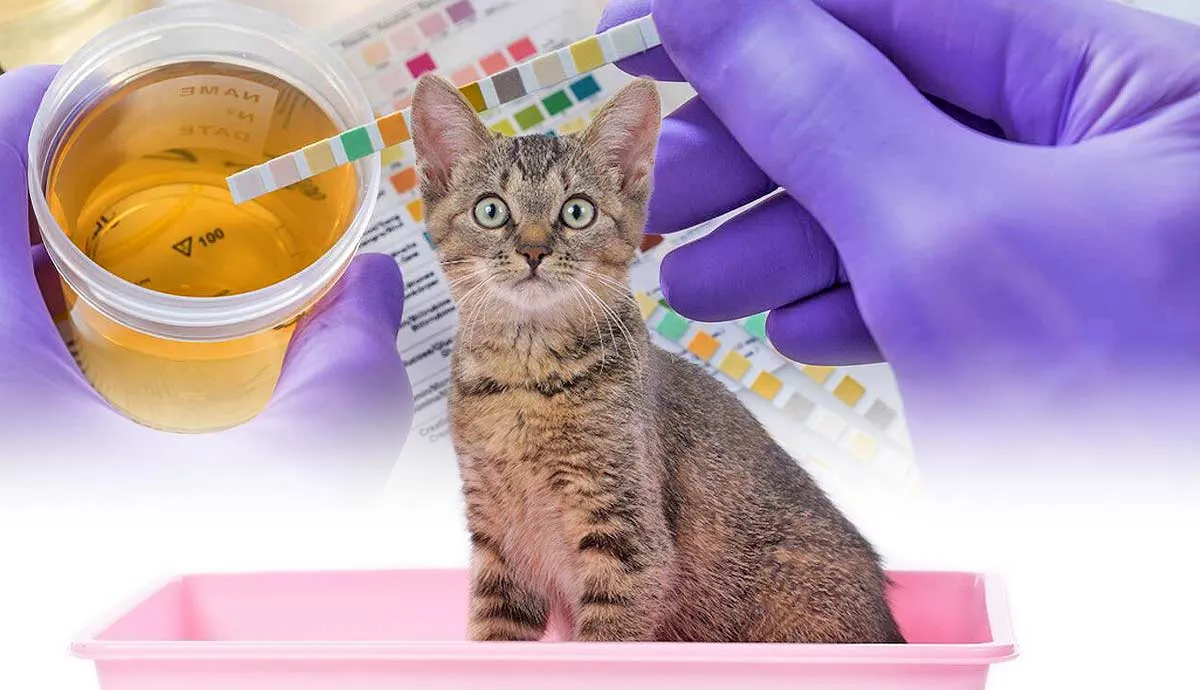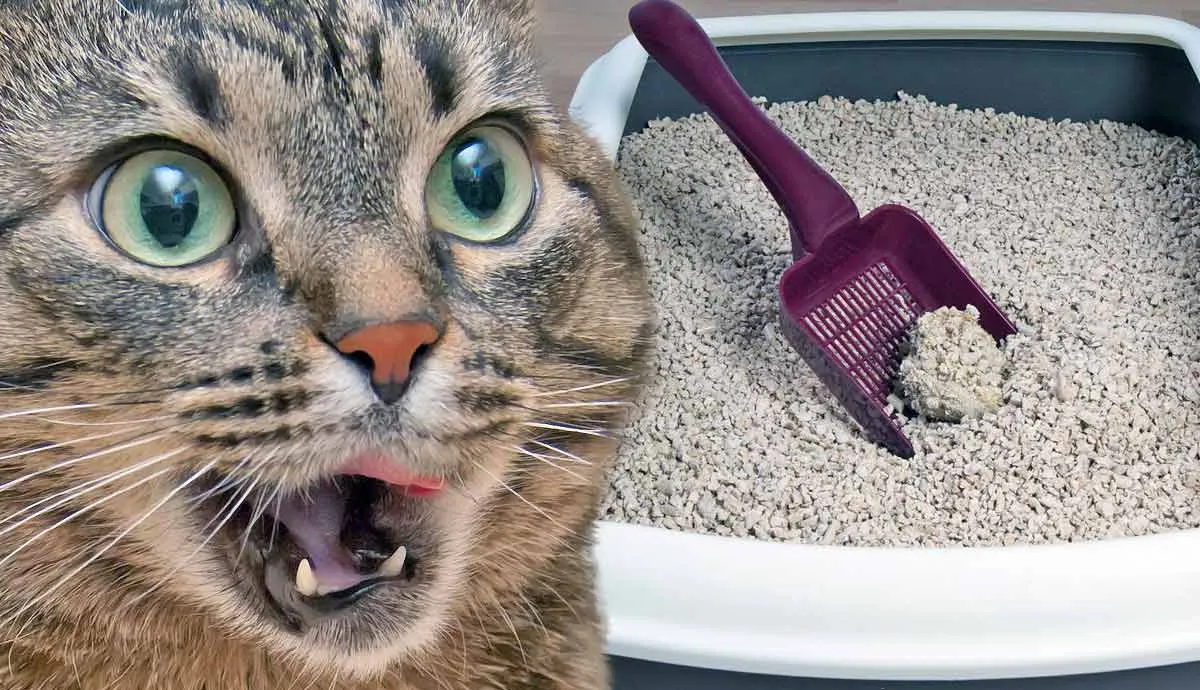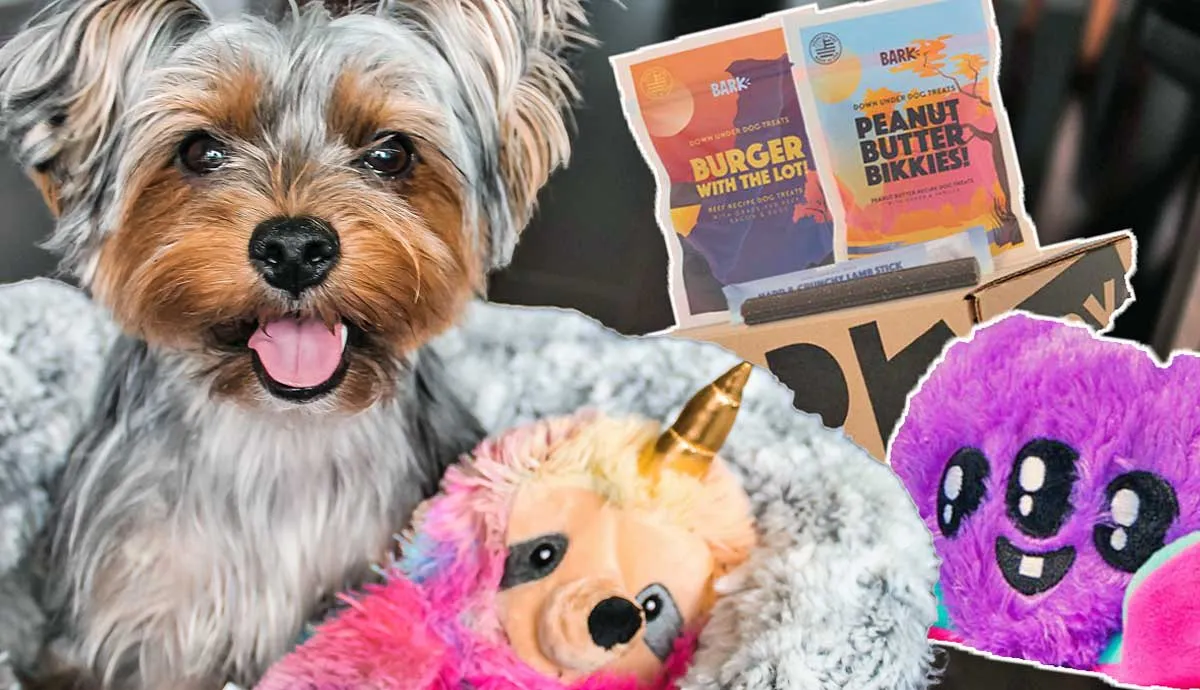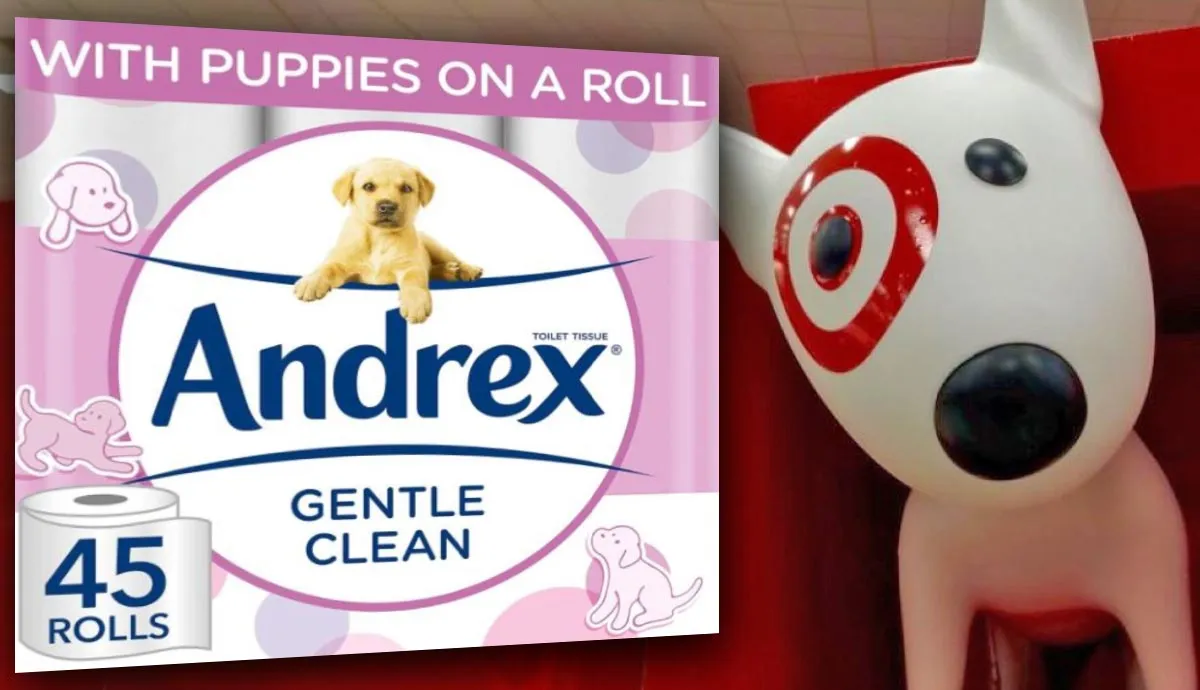Sometimes, it seems cat owners have it easy. All they have to do is scoop a box of litter periodically, while dog owners have to take their pets outside multiple times a day to relieve themselves. Well, here’s some good news.
People can train small dogs to use the litter box, cutting down on regular walks and outings. This potty-training method is ideal for individuals with disabilities who may be unable to take their dog out multiple times a day.
Which Dogs Can Learn to Use a Litter Box?

Small dogs can be difficult to house train. Not only do they have small bladders, but they have a high metabolic rate, so they burn calories faster than some larger dog breeds. This, of course, leads to the need to eliminate waste more often. They are also more likely to have accidents, creating extra responsibility for owners.
Litter boxes are better suited for small dog breeds because of their size and need for a quick place to go potty more frequently. However, you can also train large dogs to go to the litter box. They will need a larger space to go, but the supplies, methods, and benefits are mostly the same.
Why Train a Dog to “Go” Inside?

For people with busy lifestyles, litter training can give your dog a space to eliminate waste while you are at work throughout the day. Instead of needing to hire a dog sitter or have someone at home to let out your dog, they can relieve themself in the litter box.
This is especially great for elderly dogs who may have physical or mental issues that make it hard for them to hold their bowels or urine. They may be able to make it to the litter box if they can’t hold it until their owners get home.
Dog owners with disabilities also appreciate litter training because it allows them to have the joy of owning a dog without having to figure out ways to take their dog out multiple times a day, when this may be difficult for them.
A litter box may be a cleaner and less smelly alternative to having puppy pads around the home, as well.
The Drawbacks to Litter Training a Dog

Unlike many cats, dogs do not instinctively take to litter boxes. They will not cover their waste once they go to the litter box. Dog litter will smell––especially if you’re training a larger breed dog, like a German Shepherd, to relieve themselves inside. The litter box will also take up space in your home. You will also be responsible for scooping the waste out of the litter box and fully cleaning the container regularly.
Additionally, dogs need consistent training to allow them to properly use the litter box. They may still have accidents, even after litter training.
You will also want to make sure that you train your dog to both use the litter box and eliminate waste outside. If life circumstances change in the future, you may want a backup plan. It’s also just good behavior for your dog to learn because no matter where you travel, your dog will have an option if they need to go.
Items You Need to Litter Train a Dog
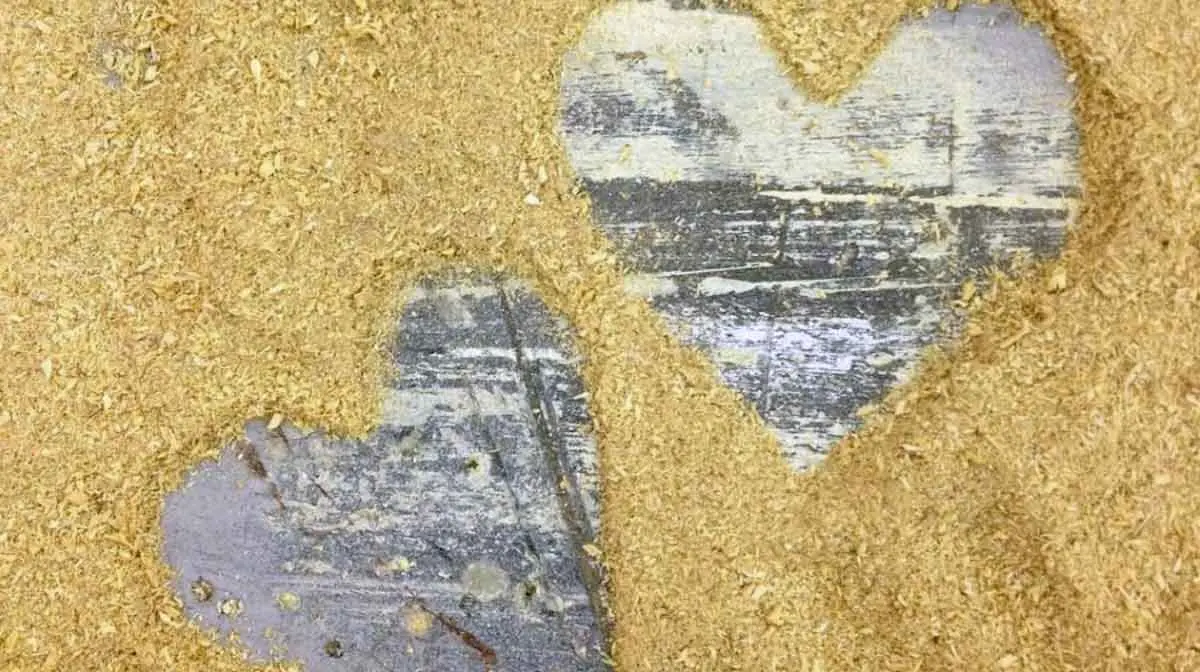
A small dog can usually use a standard litter box designed for a cat. There is also a plethora of dog litter boxes available online. Some look like a larger-sized cat litter box, while others mimic grass. You can use a crate liner for larger dog breeds if you don’t want to buy a specialty box.
Additionally, you’ll also need some sort of litter at the bottom of the litter box. You can use a small layer of cat litter. However, there are many other options on the market. Some options include natural bark fibers, specialty pellet dog litter, disposable pads, and washable mats or trays. These are great options if your dog suffers from common skin conditions and allergies.
If you intend to scoop the waste like you would with a cat, you will also need a litter scoop. You may also wish to have a large carpet or litter mat to contain the stray litter around the box.
Before beginning litter training with your dog, be sure to set up a designated spot within your home for the litter box. You want a corner or back room that your dog will be able to access at all times. This location mustn’t move so that your dog has consistency. You will want the litter supplies close by to aid in the ease of cleanup.
How to Litter Train a Dog
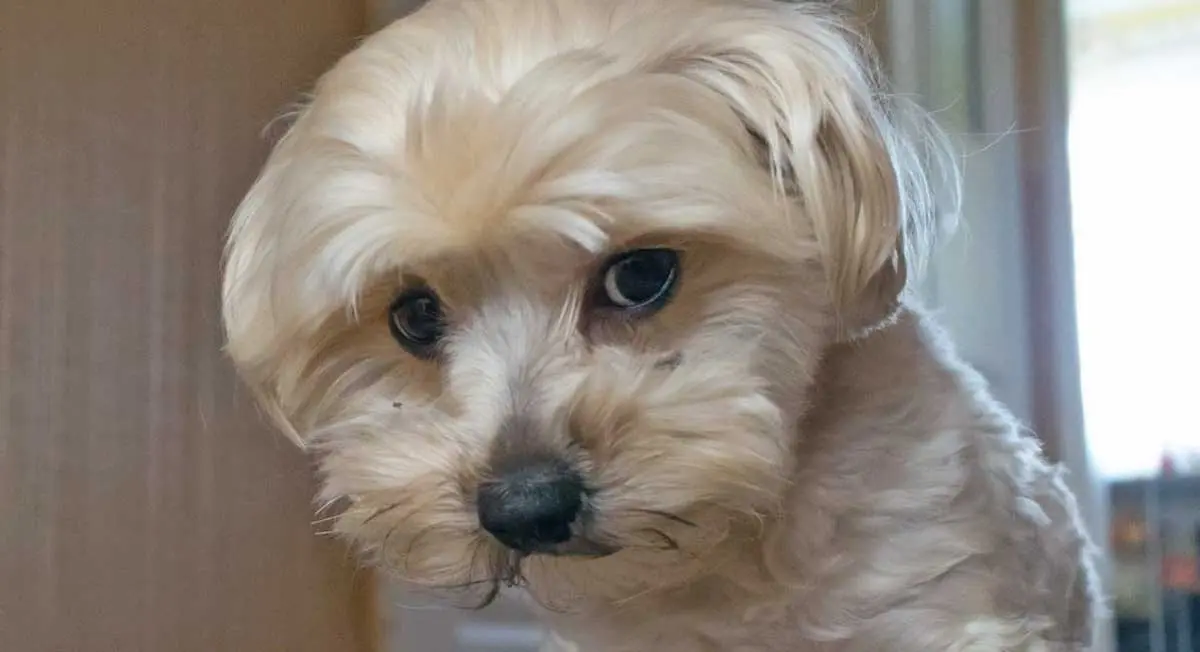
First, set up your litter box area in your home. Place a thin layer of litter in the litter pan. You don’t want the litter to be on the sides of the pan or it will cause a larger mess.
Now, when your dog is ready to eliminate their waste (around 10 minutes after meals), take them to the newly set up litter box. Use a command word to signify that this is where he needs to go. Your words can be “go potty” or something similar. Then, place your dog in the box and wait for him to use the litter box.
He may not go in the litter box for the first few times. But keep up with consistent training. If your dog does eliminate in the litter box, praise him, and give him a treat.
If your dog has an accident, take him to the litter box, and repeat the command, then give him a treat. The more you practice this routine with your dog, the quicker he will catch on. Most dogs catch on by six weeks.
You Can Litter Train a Dog
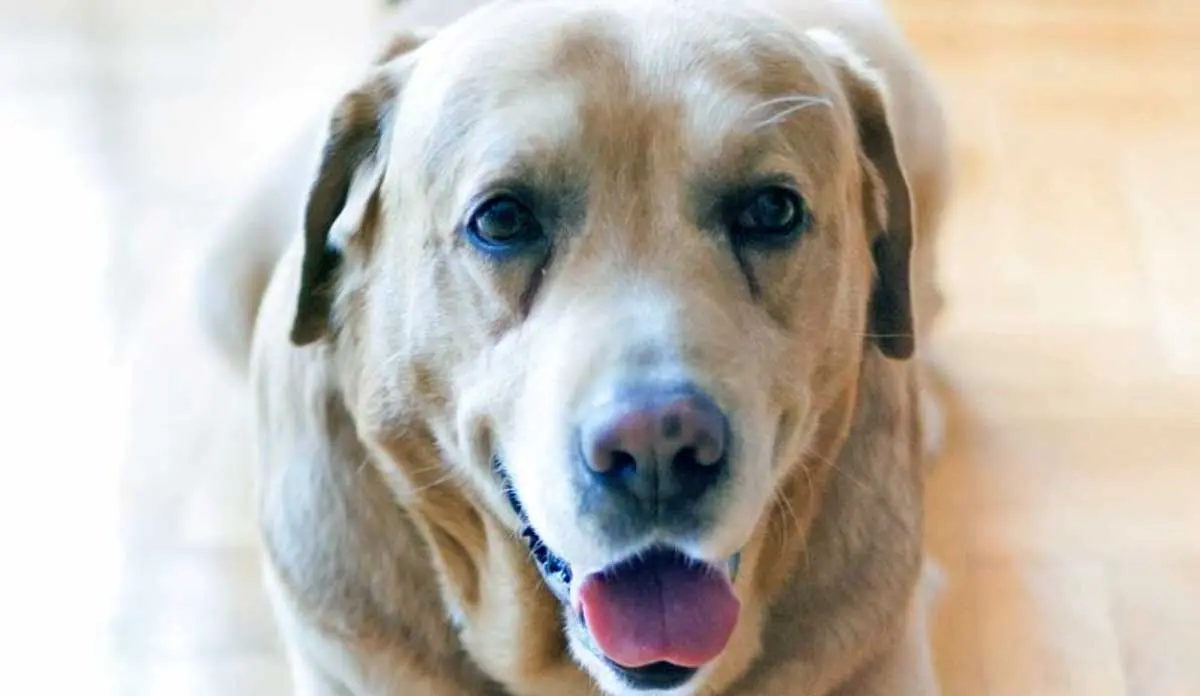
Litter training your dog may be a great way to accommodate disabilities, help small dogs have fewer accidents, or give older dogs a backup plan for when they cannot hold it. With consistent training and dedication, your dog can learn many things.


